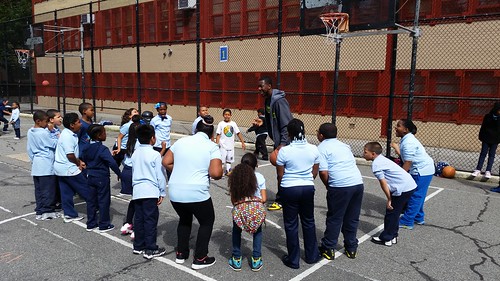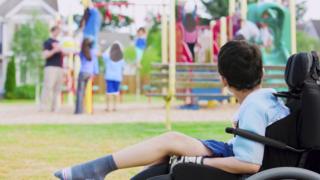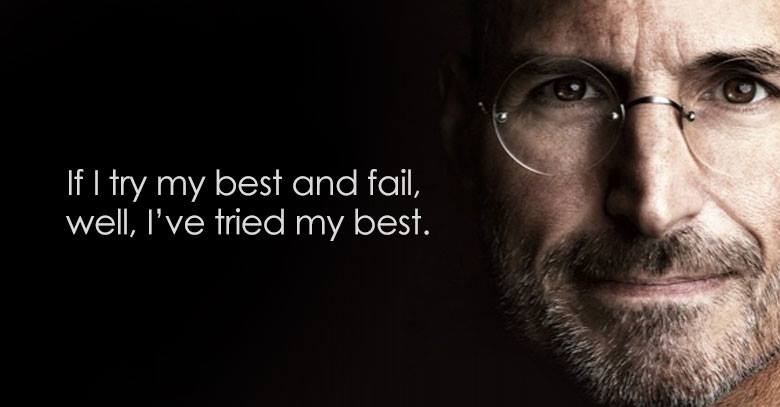Accountability Grabs the Spotlight at Senate ESSA Oversight Hearing
But there was less agreement about the extent to which that new latitude could be challenging for schools—or even detrimental to students, particularly historically disadvantaged ones.
Senators quizzed those testifying about how they were rethinking school accountability under ESSA, whether they felt like they will have enough time to create and finalize their plans in order to receive federal funds, and whether the U.S. Department of Education should use a light touch or be aggressive when regulating under the new law.
And it’s a safe bet that many of these same questions will come up in the Senate education committee on Thursday, when its members hold a confirmation hearing for acting Secretary of Education John B. King Jr.
Sen. Lamar Alexander, R-Tenn., chairman of the Senate education committee, said in his opening remarks that ESSA represents a major and appropriate shift in control over education policy to the states, and an example of Washington actually working well. But those two things alone, he stressed, won’t necessarily mean the law would be carried out as he and other champions of ESSA intend: “A law that is not properly implemented is not worth the paper it’s printed on.”
Meanwhile, Sen. Patty Murray, D-Wash., the committee’s ranking Democrat, stressed that ESSA contains important “guardrails” that are important for the Education Department to keep in mind as it develops regulations for the law. She also said civil rights groups and other like-minded stakeholders should be included in discussions and considerations about the law’s impact.
The Elementary and Secondary Education Act—the current version of which is ESSA—”is at its heart a civil rights law,” Murray noted in her opening statement.
Two weeks ago, the House subcommittee on K-12 held its own oversight hearing on ESSA. On Thursday, the full House Education and the Workforce Committee will hold another oversight hearing on the new law.
Readiness of States and Schools
In prepared testimony, Wisconsin Superintendent Tony Evers (who might have received the most attention and questions from lawmakers) stressed the importance for balance under ESSA. He said that while he did not want “top-down mandates” and over-regulation from Washington, guidance provided by the Education Department on key issues has proven helpful to his state.
“In states like Wisconsin, we welcome oversight of the progress we are making, but it is important that states and local districts have the flexibility to identify how we achieve the goals we have set for students, the measures we include in our accountability system, the weight we give these measures, and how we design interventions that reflect the realities facing unique student populations across the state,” said Evers, who is also the president of the Council of Chief State School Officers.
And Gov. Gary Herbert, R-Utah, chairman of the National Governors Association (which heartily endorsed ESSA before it was signed), made a similar point, saying that “state solutions” would work best in order to leverage education as a tool for lifting children out of poverty. “Governors see ESSA as an opportunity to set high, but realistic, expectations for schools,” he said.
(Remember, under ESSA, the old adequate yearly progress requirement is out, and states have more leeway to set academic goals for students, even though the former No Child Left Behind Act’s annual testing mandates for grades 3-8 and high school remain.)
Those remarks probably were music to Alexander’s ears. Just last weekend, in fact, Alexander made a pitch to the nation’s governors at an NGA meeting to use their extensive power under ESSA to reconsider or remake education policy as they see fit, and to build in state coalitions to help implement the law.
Teachers’ union leaders also praised new breathing room under ESSA, but put a different spin on it.
American Federation of Teachers President Randi Weingarten, for example, made a pitch to lawmakers to give teachers, in particular, and other school leaders time and latitude to help redesign accountability systems that measure what students need to know and what supports and resources teachers would need to help students realize those learning objectives. To help that process, Weingarten told lawmakers, there should be a pause on high-stakes accountability pegged to testing.
“We have gone through many, many reforms, where there is a rush to publish and a rush to create, and no attention paid to the implementation,” she said.
On teacher evaluations in particular, it’s an open question to what extent states will alter or toss out their current systems, since ESSA now gives the federal government no say over those evaluations. That’s a big change from the Race to the Top competitive-grant program and NCLB waivers, which included specific requirements regarding evaluations and their use of student performance.
However, to dismiss the important role the Education Department has under ESSA, and to minimize the progress minority students have made during the last 15 years under the NCLB law, would be a major mistake, Kati Haycock, the president of the Education Trust, told senators. Haycock stated that the track record of states and districts in protecting vulnerable students was “not a good one.”
“Recognizing the need for state and local decisionmaking does not mean, as some have suggested, that the only real role for the department of education is to cut checks,” Haycock said.
How Much Time is Enough Time?
Alexander asked Evers to what extent he thought states should be realistically expected to complete new plans to comply with ESSA by the summer of 2017 and put them into effect for the 2017-18 school year. Evers said he thought that deadline, roughly 18 months away, was a fair one. Evers said he planned to convene groups of stakeholders to discuss ESSA starting in the spring, for example. (Click here for more about the timeline for ESSA, including the development of regulations.)
And Haycock said that states’ initial approaches to accountability ESSA could evolve based on evidence. “As people learn more about what indicators are helpful in working on improvement, those can be added later on,” she told lawmakers.
Weingarten and National Education Association Vice President Becky Pringle, however, expressed concerns that without enough time, states wouldn’t take full advantage of the flexibility and options presented by ESSA to consider non-academic indicators and other factors in accountability. New and helpful indicators of students’ social-emotional status, which could have a significant impact on accountability under ESSA, could be productively examined, Weingarten noted.
By contrast, if states feel rushed, Pringle argued, “They will tinker around the edges” of accountability systems, losing the opportunity they have under ESSA, and failing students.
Alexander also asked Pringle and Weingarten the right way to approach teacher evaluations in states, given the newfound stability in federal policy and flexibility for states. Pringle responded that instead of evaluations that, in the past, used a “test and punish” approach, new evaluations might consider new factors like teacher contributions outside the classrooms and in broader communities.
“We’ve got to root it in the idea that the evaluation is about improving professional practice, so that all students can learn. That’s a very different paradigm,” Pringle told Alexander.
In a similar vein, responding to a question from Sen. Al Franken, D-Minn., about the place of testing under ESSA, Evers said that a lot of the overtesting was largely at the local level and not related to the volume of state exams: “The issue is more likely how the test results are used, rather than the amount of testing.”
Data and Services
Both Evers and David R. Schuler, president of AASA, the School Superintendents Association, stressed the value of good data, which was the subject of questioning by Sen. Elizabeth Warren, D-Mass., who said that data is critical to ensuring that federal money is being spent appropriately. (Warren also made a pitch for federal officials “to strengthen accountability regulations, not weaken them.”)
And Schuler said the ability of states under ESSA to use college admissions tests instead of traditional state exams would help students, in particular.
However, Schuler also said that the Education Department, as part of what should be its not-overly-aggressive approach to ESSA regulation, should not place too much of a burden on districts, especially rural ones, when it comes to compliance with regulations and data-reporting. Federal officials, he said, should first see whether states have a lot of the data the Education Department might already be seeking as it provides guidance and regulations concerning ESSA, for example.
“Please do not duplicate your efforts,” Schuler said.
Pringle and Weingarten also discussed resource equity with Sen. Tammy Baldwin, D-Wis. Weingarten made a pitch for connecting how more-equitable resources for schools, like additional incentives for teachers, could improve school turnaround efforts.






